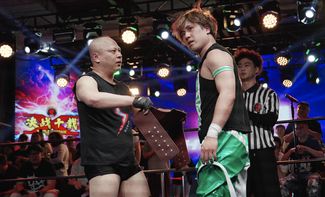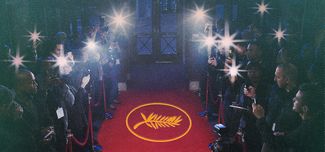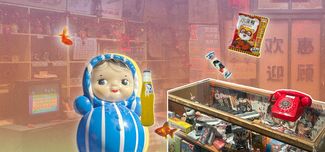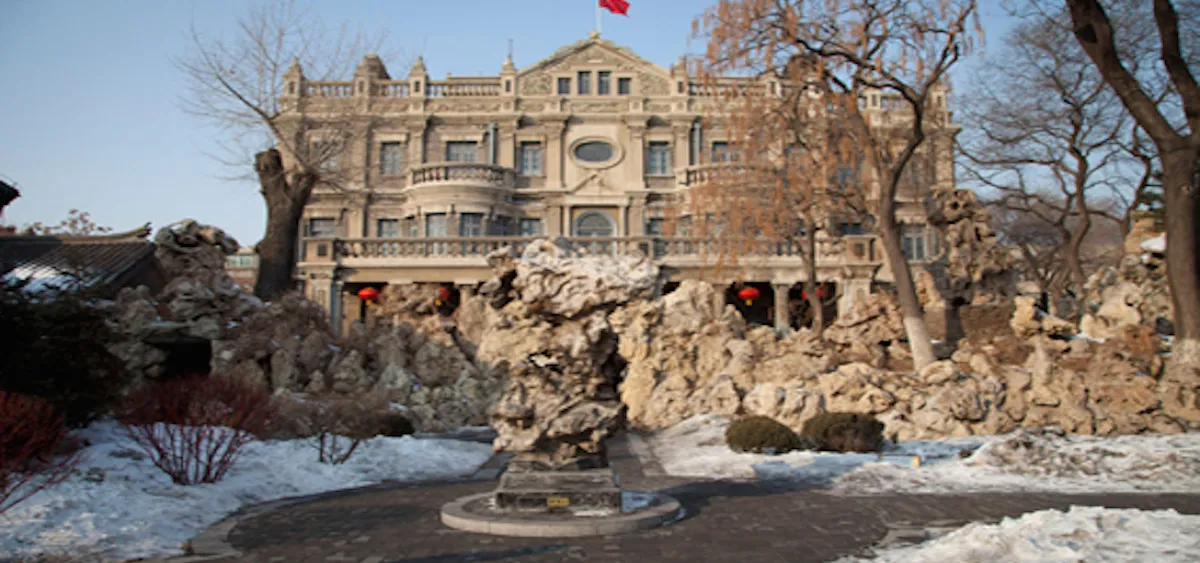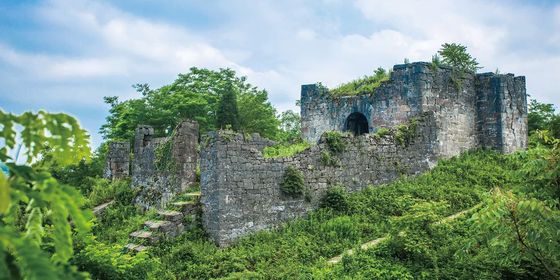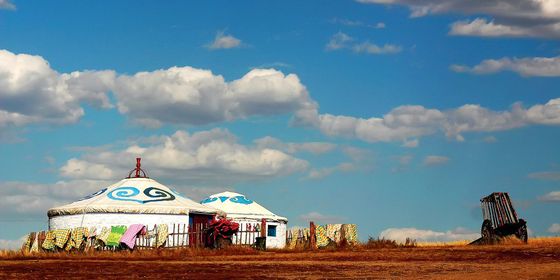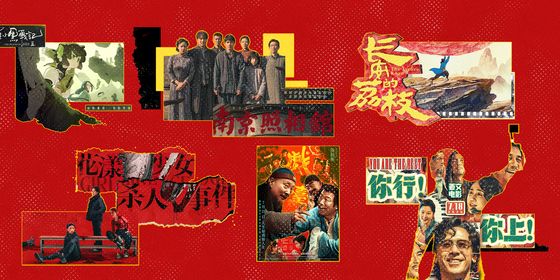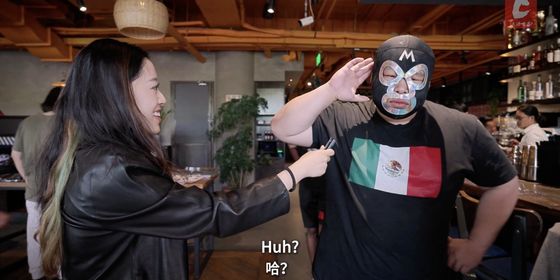A two-day journey in the capital of Liaoning Province,also the largest city in China’s Northeast
 Shenyang in winter does not make a good first impression. As golden-brown fields and white-grey frozen rivers give way to grim tower blocks and steelworks, you find yourself in a brooding city, where white snow falling on the pavements becomes a muddy slush as it nears the road, and almost everything is covered in a layer of dirt.
Shenyang in winter does not make a good first impression. As golden-brown fields and white-grey frozen rivers give way to grim tower blocks and steelworks, you find yourself in a brooding city, where white snow falling on the pavements becomes a muddy slush as it nears the road, and almost everything is covered in a layer of dirt.
The capital of Liaoning Province, Shenyang is also the largest city in China’s Northeast, or Dongbei, as it is known in Chinese. As with many Northeast industrial towns, Shenyang’s Soviet aesthetic won’t be winning it many awards on the beauty front. But if you are prepared to dig a little deeper, this provincial capital has a lot to offer those in search of something a little different. The backstreets around Shenyang’s Western Pagoda (西塔 Xitǎ ) are home to a bustling Korea town, which in the evening hums with packed karaoke bars, Korean eateries and BBQ joints. For those who like their meat on a stick, the Hui Muslim area around the city’s mosque offers a plethora of lamb kebabs (羊肉串儿 yángròu chuàn er) and Xinjiang-style naan breads (馕 náng).
Shenyang’s real draw, though, is its history. From being the spiritual home of one of China’s longest ruling dynasties to being ravaged by foreign invaders and civil war, Shenyang has seen it all.
Wedged between an overpass and a railway in Shenyang’s northeastern suburbs lies a large granite memorial. It was on this spot in 1931 that the city found itself once again providing the backdrop to events which would shape the course of Chinese history. The September 18 incident, a date etched into the minds of many Chinese, was the curtain call for the Japanese invasion of China. In an act disguised as a Chinese attack, Japanese soldiers, who had long had a presence in the region, blew up one of their own trains. This offered a pretext to send troops into the country, where they remained until the end of the Second World War.
Today, industrial Shenyang is changing rapidly. Old tower blocks and dilapidated shop fronts are being torn down to make way for glass-fronted skyscrapers, which are fast becoming the staple of every Chinese city. Despite this, Shenyang still manages to hold on to something unique through its past. Ask your taxi driver anything about old Shenyang, and you will find a great deal of knowledge and pride in the city’s role in events which have shaped the region, and the country’s history. As one middle-aged driver put it, “Only through understanding Shenyang’s past can you understand northeast China today.”
DAY ONE
Those who have visited Beijing’s Imperial Palace will be familiar with the design and feel of its Shenyang counterpart, but this by no means makes it not worthy of a visit. The fact that many of the buildings have been much less aggressively restored means that, though somewhat faded, intricate carvings and craftsmanship shine through in places where Beijing’s red paint and varnish have covered them up. Being significantly smaller, Shenyang’s Imperial Palace (沈阳故宫 Shěnyáng gùgōng) also feels more manageable than its sprawling cousin to the south, and the whole complex can be thoroughly explored in a couple of hours. Entrance is 60 RMB.
12:00 Stroll down Zhongjie
A short walk north of the Imperial Palace lies Zhongjie (中街), Shenyang’s main shopping drag, and a great place to get a feel for contemporary Shenyang. Lined with expensive foreign malls and not-so-expensive Chinese brands, this is where young residents come to sip Starbucks and browse for trainers in the Nike store.
13:00 Lunch at Laobian Dumpling Rest aurant
When you’ve worked up enough of an appetite, ask for directions to the Zhongjie metro station (中街地铁站 Zhōng jiē dìtiě zhàn) entrance and to its north you will find Laobian Dumpling Restaurant (老边饺子馆 Lǎo biān jiǎozi guǎn). This restaurant has been producing dumplings since 1826 and is one of the most famous dumpling eateries in the city. It is also probably the only place where you can order cabbage and goldfish-shaped dumplings. Though a little pricey, these little parcels of meat and veg are excellent and come in an equally unusual variety of flavors. The beef curry filling is especially recommended.
14:00 Marshall Zhang’s mansion
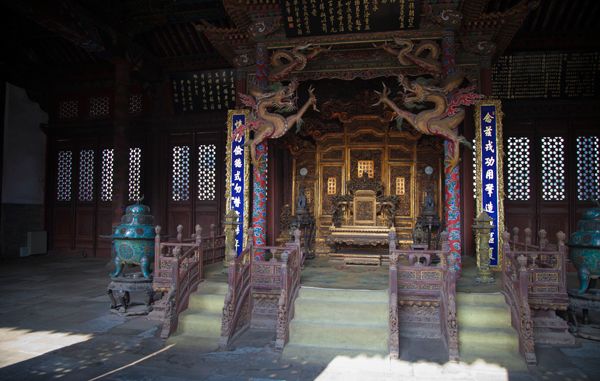
The intricate design in the throne room of the Shenyang imperial Palace
Nestled among concrete tower blocks, the outer buildings of Marshall Zhang’s mansion (大帅府 Dà shuài fǔ ) look more Victorian school than warlord stronghold. But don’t be fooled. Pay the 50 RMB entrance price and inside you will find a spectacular Western-style mansion, where warlord, Zhang Zuolin (张作霖) and later his son Zhang Xueliang (张学良) held court. This opulent building has managed to survive communist rule thanks to the younger Zhang’s status as a national hero for his role in resisting Japanese occupation and advocating a unified China.
To the left of the mansion lies their starter home, a traditional courtyard house, which is now a museum chronicling the lives of the warlord father and son. While English translations are somewhat minimal, for those with more advanced Chinese skills it is well worth spending some time here.
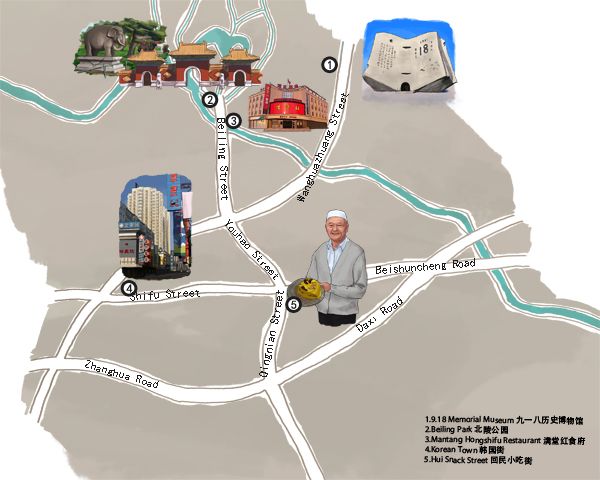
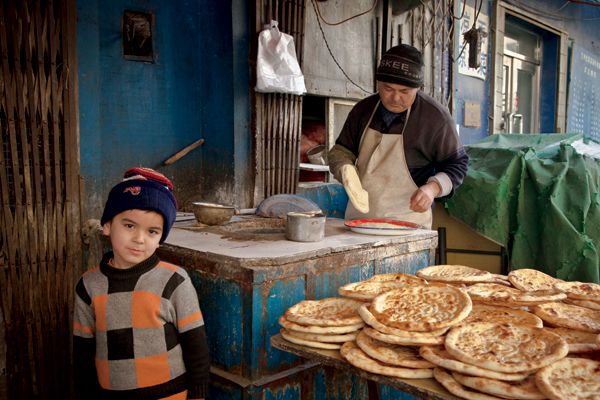
Hui Muslim vendors on the Hui Snack Street selling their famous nang
15:00 Frontier Bank
Tickets to Marshall Zhang’s mansion also cover entrance to the Frontier Bank Museum (沈阳金融博物馆 Shěnyáng jīnróng bówùguǎn), which is located just around the corner. In its heyday, the bank and the notes it issued, formed the economic backbone of the warlord state, allowing the northeast to become one of the most prosperous regions in China. While there are almost no English translations available, the bizarreness of the museum merits a quick look inside. In the bank’s foyer, curators have recreated a scene from its more successful days, complete with around fifty mannequins dressed in period costume and a moody guard who will do his darndest to stop visitors from touching them. Advance further into the museum and you will find an exceedingly tacky, but very Chinese, shrine to, well, money.
17:00 Hui Snack Street
Along with its Korean minority, Shenyang is also home to a sizeable Hui Muslim population, many of whom live a short walk from the City Government Square subway stop (市府广场地铁站 Shì fǔ guǎngchǎng dìtiě zhàn). North Qingzhen Road (北清真路 Běi qīngzhēn lù) is where they come to get their fill of lamb kebabs, and by the afternoon the street is a hive of activity reminiscent of western towns in Gansu Province and Xinjiang Province. Whole sheep carcasses are hung out on the street, waiting for customers to come and select their cut, while traditional Xinjiang-style bread baking ovens fire out fresh nang. Muslim cuisine in China does not just extend to what can be put on a stick and grilled.

The faux-busy mannequins at the Frontier Bank Museum
DAY TWO
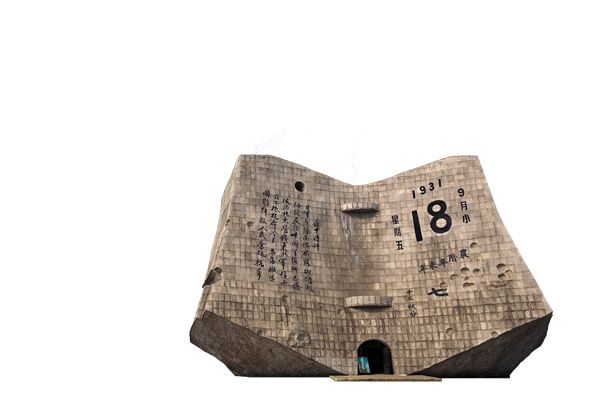
A stone memorial displaying the very date of the Japanese invasion
10:00 9.18 Memorial Museum
One of the darker periods of China’s recent history, the Japanese occupation still stirs up anger in many Chinese more than 60 years on. While this museum lacks the balance with which even the most harrowing periods in history deserve to be treated, a walk around the 9.18 Memorial Museum (九·一八历史博物馆 Jiǔ·yībā lìshǐ bówùguǎn) will give visitors a much greater understanding of why so many Chinese still feel animosity towards the Japanese. Boasting some truly grizzly displays, this excursion is not for the faint-hearted. Entrance is free.
12:00 Lunch at Mantang Hong Shifu Restaurant
Stop off on your way to Beiling Park (北陵公园 Běi líng gōngyuán) for a hearty meal in this traditional Northeastern-style restaurant popular with Shenyang locals. For those of you feeling adventurous, try the blood sausage (血肠 xuè cháng), a traditional Northeastern dish. If you want to play it safe, then the restaurant’s sweet and Hui Muslim vendors on the Hui Snack Street selling their famous nang sour pork (锅包肉 guō bāo ròu) is also recommended.
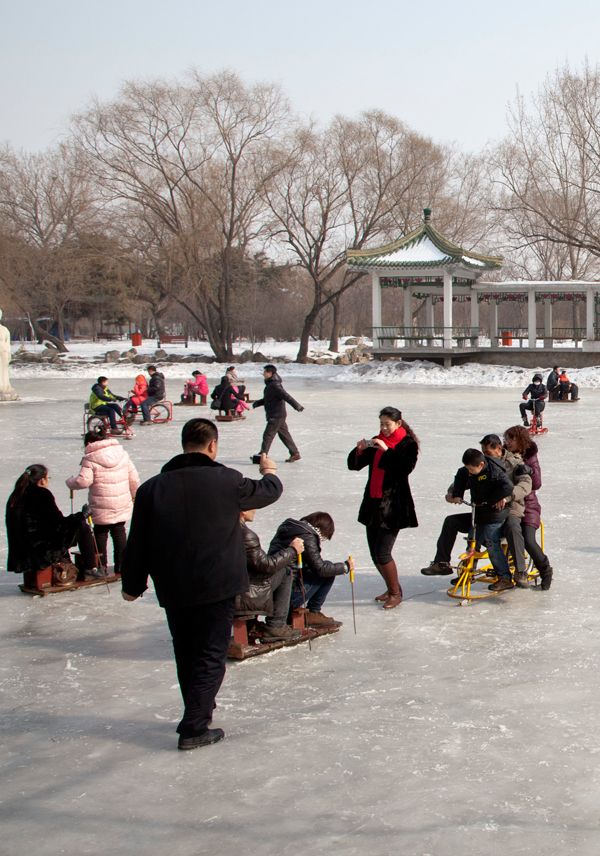
Visitors slip and slide on sleds in the heart of Beiling Park, in North Shenyang
13:00 Beiling Park
With a good lunch and the heavy going of the morning’s museum visit behind you, it’s time to get out into the open air at Beiling, the largest of the city’s parks. Entrance will set you back 6 RMB and once inside you can either choose to wander around its many paths and secluded areas, or, in winter, head over to the frozen lake and get involved in the sledding and skating on offer.
15:00 Zhaoling Tomb
Once inside Beiling Park, an extra 30 RMB will get you entrance to Zhaoling Tomb (昭陵), located 1.2 km north of the main entrance gate in an area surrounded by woodland. This is the resting place of Huang Taiji (皇太极), the first Manchu ruler who called himself an emperor, and who is credited with laying the foundations for the Qing Empire. Thanks to its secluded location and ticket price, this large complex receives a relatively small number of visitors and makes for a tranquil spot to watch the sunset.
18:00 Xita Korea Town
Pulling up in a cab alongside the neon flashing signs lining Xita Jie (西塔街), you’d be forgiven for thinking you were in downtown Seoul. Here Chinese characters compete with Korean script for your attention, and Korean melodies blare out of karaoke bars staffed with girls dressed in traditional Hanbok dresses. Head down one of the side streets and you will find an array of smaller (and cheaper) restaurants offering traditional Korean BBQ at excellent prices. If meat sizzling on a hot plate is not your thing then go for the classic iced buckwheat noodles (冷面 lěng miàn) or bibimbap (石锅拌饭 shí guō bàn fàn), a stone pot filled with rice and topped with vegetables, meat, an egg and chili pepper paste. If this does not feel adventurous enough, there is even a North Korean restaurant and karaoke joint on Hunchun Road.
20:00 Xita Karaoke Bar

A snowy stroll through the pines of Beiling Park
Once you’ve eaten your fill of meat and kimchi, head back to the main street and one of the many karaoke venues to sing—or wail—the night away. If you’ve never had a Chinese karaoke experience before, then now is the time to try. Unlike in the West, where belting out a song usually ends in ritual humiliation, customers in Chinese karaoke bars are given individual rooms. Here, in an environment of darkness and flowing beer, all but the most reticent wallflowers will find the courage to sing. Though mainly catering to a hip Chinese and Korean crowd, many of the Xita Karaoke bars have a good collection of English songs, though it’s always best to check first.
With its combination of regional and ethnic flavours and engaging historical sites, a visit to Shenyang can, in a sense, transport you to any time in history between the grandeur of the early 17th century and the more recent traumas of the Japanese occupation. In a country that often feels like it has spent the last 60 years destroying all traces of its past, the opportunity to immerse yourself in the history of Shenyang makes this city well worth a two-day visit.

